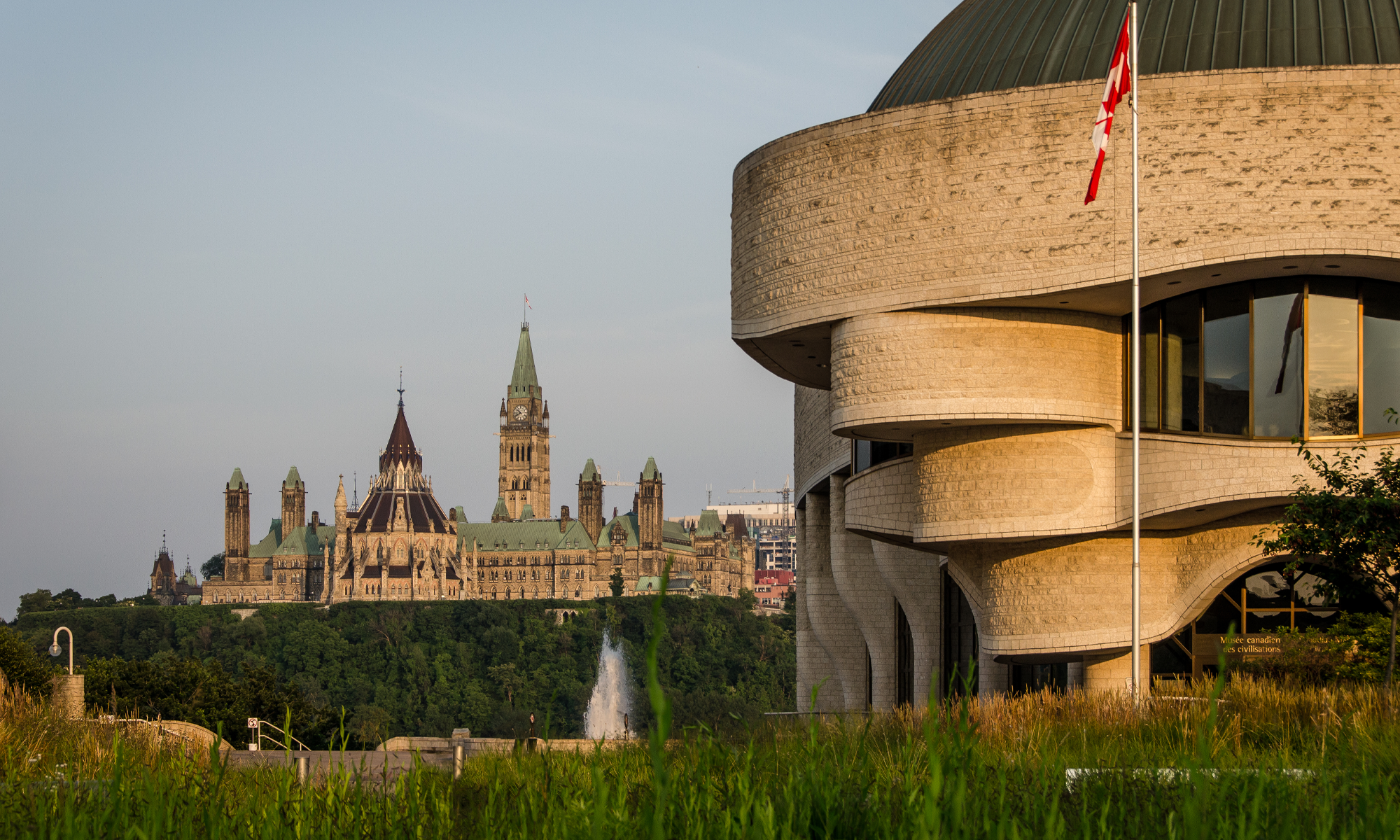 I was surprised to find a reference to this mural monument in a book I recently reviewed. The image is from the Illustrated London News of 17 November 1855; the monument in the Cathedral Church of St Paul in London, Ontario. It pays tribute to Lt. Col. Chester and the men of the 23rd Royal Welch Fusiliers who fell at the Battle of Alma during the Crimean War (October 1853 – February 1856).
I was surprised to find a reference to this mural monument in a book I recently reviewed. The image is from the Illustrated London News of 17 November 1855; the monument in the Cathedral Church of St Paul in London, Ontario. It pays tribute to Lt. Col. Chester and the men of the 23rd Royal Welch Fusiliers who fell at the Battle of Alma during the Crimean War (October 1853 – February 1856).
I was intrigued. The Crimea is 8,000 Km from London, ON. What’s the connection? Who was Lt. Col. Chester?
Henry George Chester purchased a commission as a 2nd Lt in 1830. He is mentioned on numerous index cards of the British Military and Naval Records (RG 8, C Series) at Library and Archives Canada, including that he succeeded to command of the 23rd Royal Welch Fusiliers at London, Canada West, on 19 May 1850 when a Maj. and became a Lt. Col. before returning to the UK in 1853.
According to The Times of 17 October 1854, he was the youngest child of Maj. Gen. Harry Chester of the Coldstream Guards and his wife Harriet (nee Clinton), and brother of Sir Robert Chester, Master of the Ceremonies.
He died in battle leading his regiment, which was part of the Light Division, on 20 September 1854.
It’s not evident why he would warrant such a memorial in London. Were there recruits while he was in London who also participated in the Battle of Alma?
Officers of the 23rd Regiment killed and wounded were: Lieutenant Col. H. G. Chester, killed; Captain A. W. W. Wynn, killed; Captain F. E Evans, killed; Capt. J. C. Conolly, killed; Lieutenant F. P. Radcliff, killed; Lieutenant Sir W. Young, killed; Second Lieutenant H. Anstruther, killed; Second Lieutenant J. H. Butler, killed; Captain W. P. Campbell, severely wounded; Lieutenant H. Bathurst, wounded severely; Captain E. C. Hopton, wounded slightly; Lieutenant F. Sayer, wounded slightly; Lieutenant Acting Adjutant A. Applewhaite, wounded severely. The killed and wounded of this regiment numbered over 400 men.
There’s what appears to be a partial list here starting at image 92. The losses were reportedly the most of any regiment involved and more than the casualties in Tennyson’s Charge of the Light Brigade in which Toronto-born Lieutenant Alexander Roberts Dunn, saw action — the first Canadian to be awarded the Victoria Cross.

